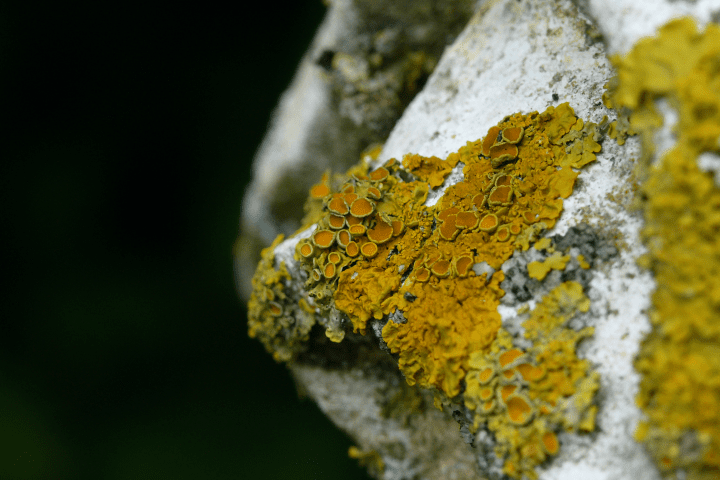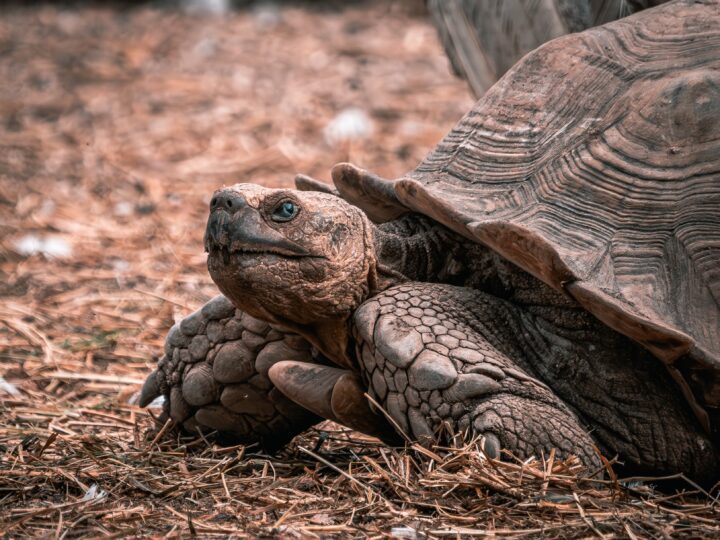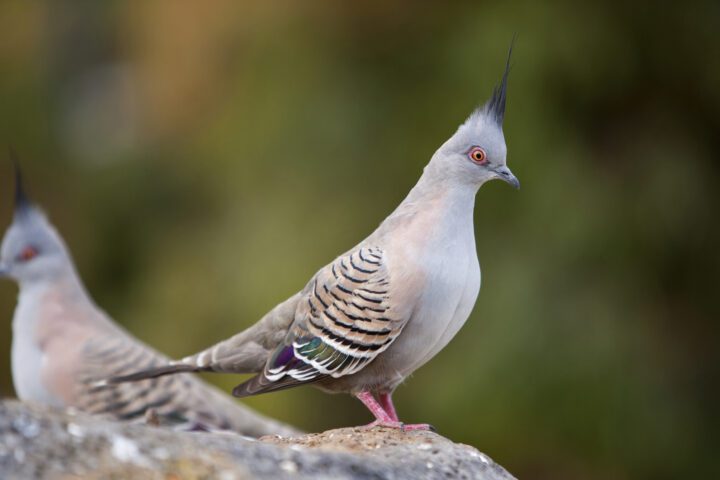Bullhorn acacias provide nutrients and housing for ants in return for protection from herbivores thanks to a mutualistic relationship.
In the lowlands of Mexico and Central America, the bullhorn acacia tree and a species of ant (Pseudomyrmex ferruginea) help each other to survive. This is known as a mutualistic relationship, where two or more species work together to provide what the other needs. The ant aggressively defends the acacia from plant-eating insects, neighboring plants, and disease-causing microorganisms. The acacia provides the ant with plenty of food and a place to live and raise its young.
The bullhorn acacia has odd-looking thorns that look like bull horns. The tiny ants cut entrance holes into the thorns, and that’s where they care for their eggs and larvae. In three years, the population of ants can grow from the lone queen ant laying her first eggs to a tree teeming with 16,000 worker ants. The thorns are waterproof and hold in moisture, which protects the eggs and larvae during dry periods. Their sharp tips keep birds from going after the eggs inside.
In addition to providing housing, the acacia provides food in the form of nectar from special glands. The nectar is a thick syrup full of sugars. Even more valuable to the ants are tiny sacs full of proteins, fatty nutrients, and vitamins called Beltian bodies that grow on the end of acacia leaves. The ants feed these Beltian bodies to their larvae. These two food sources provide most of the food for the ants.
So what does the ant do for the acacia? The fast and agile worker ants race around the tree defending it from plant-eaters such as insects (including other ants) and larger animals like rodents. The ant that finds an invader sends out an odor alarm that causes other ants to attack it. The ants kill any foreign plants, such as vines, that touch the trees. They also aggressively kill any vegetation growing around the base of the tree. Because of this, the acacia does not have to compete for soil nutrients, water, and sunlight with other trees. Recently, scientists have also discovered that the ants also spread bacteria from their feet onto the acacia leaves. These bacteria can kill fungi and other disease-carrying bacteria that have infected the leaves.
Mutualistic relationships like this evolve over millions of generations. The relationship helps both the tree and ant survive difficult times like droughts. In human societies, we know that acting alone is less effective than finding ways to work together by sharing resources and ideas. The acacia and the ant have it figured out by meeting each other’s needs in just the right ways.
Video
In this video from The Field Museum, Dr. Stefanie Kautz examines the unusual relationships acacia ants form with their host plant—the acacia tree.








